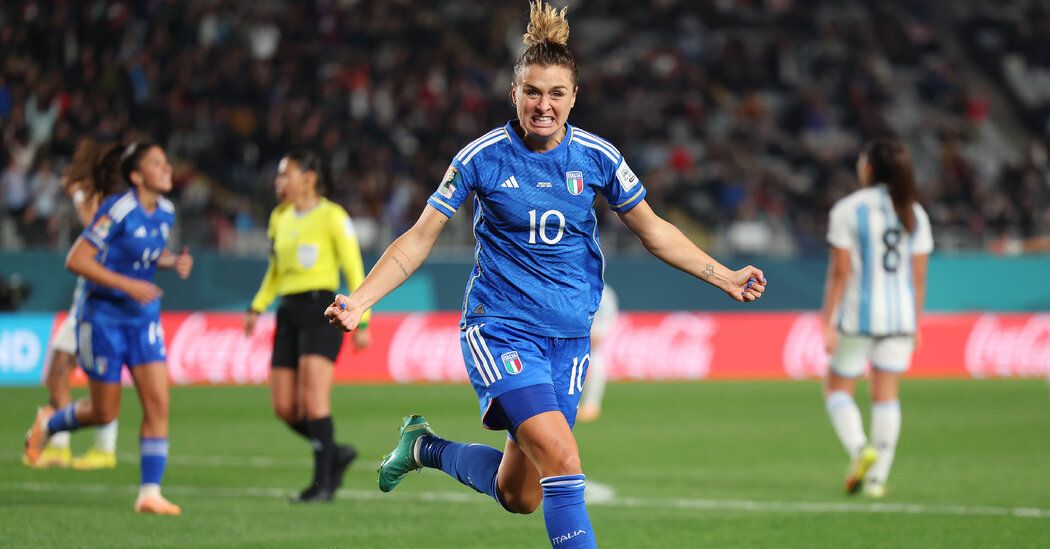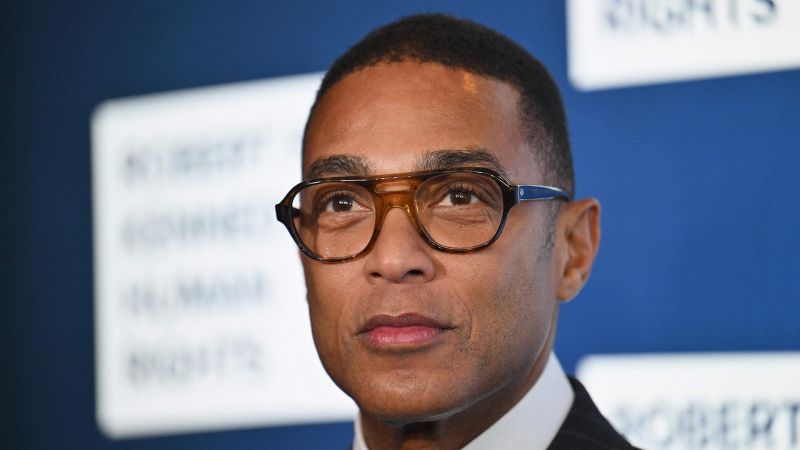Women's World Cup Scores and Schedule
Italy’s Giulia Dragoni became one of the youngest players ever to appear in the tournament. Germany, a two-time champion, opens against Morocco, one of the field’s eight debutantes.
Nouhaila Benzina, center, is a defender for Morocco, which plays Germany in Melbourne. Credit... Hannah Mckay/Reuters
Morocco’s presence at the Women’s World Cup already has yielded a string of notable moments. It is the first North African team to qualify for the field, as well as the first from a majority Arab nation. And on Monday, when it faces Germany, Morocco could become the first to field a player wearing a hijab.
The player, defender Nouhaila Benzina, has worn an Islamic headscarf in matches for years. And if she enters the game against Germany as a substitute — she was not in the starting lineup — or any of Morocco’s games in the tournament, she would become the first player wear one at a World Cup.
A decade ago, Arab countries, led by Prince Ali bin al-Hussein, the head of Jordan’s soccer federation, successfully fought against a prohibition on hijabs in soccer. Arab officials and players had argued that outlawing headscarves would limit the participation of young girls and women in soccer, particularly in majority Arab countries where hijabs are a common feature of public life.
Soccer’s governing body, FIFA, eventually lifted the hijab ban, which had been in place on the grounds that head coverings exposed players to risk of injury, though France has moved recently to reinstate it.
France’s top court in June backed a prohibition on hijabs by France’s soccer federation on the grounds that headscarves were at odds with France’s secular traditions. Several players on the Moroccan squad were born or raised in France. Benzina plays for a club team in Morocco.
But while the presence of a player in a hijab might be a cause for celebration for Muslim players, Morocco’s presence led to an uncomfortable moment during the team’s pregame news conference on Sunday. Nearly a half-hour into the questioning of Morocco’s French coach, Reynald Pedros, and the team’s captain, Ghizlane Chebbak, a reporter from the BBC was handed the microphone. “In Morocco it’s illegal to have gay relationships,” the reporter began. “Do you have any gay players in your squad? And what’s life like for them in Morocco?” Pedros’s eyes went wide as the question was translated into French in his headphones. Chebbak at first narrowed her eyes before briefly closing them. Then a FIFA official handling the news conference intervened before either the coach or the player could answer. “Sorry, this is a very political question,” the official said, beseeching the journalists in the room to “stick to questions related to football.” The BBC journalist fired back, pleading that Chebbak be allowed to answer, saying there was nothing political about what he had asked. “It’s not political; It’s about people,” he said before the microphone was handed to another reporter in the room. Chebbak, who appeared to not quite believe the words that came through the translation device rendering them in Arabic for her, seemed disinclined to respond. The episode reflected the type of scrutiny on women’s players at a tournament that has been a magnet for social issues, including the rights of those in the L.G.B.T.Q. community. Several of the most prominent players in the tournament, including Megan Rapinoe of the United States, are gay, and Canada’s roster includes a transgender player, Quinn. Like Chebbak, Pedros did not answer the question. But the fact it was asked at all elicited audible frustration from some members of the Moroccan news media present at the session at the Melbourne Rectangular Stadium, and some criticism on social media that merely asking the question had put Moroccan players at risk.
Show more
Source: The New York Times


